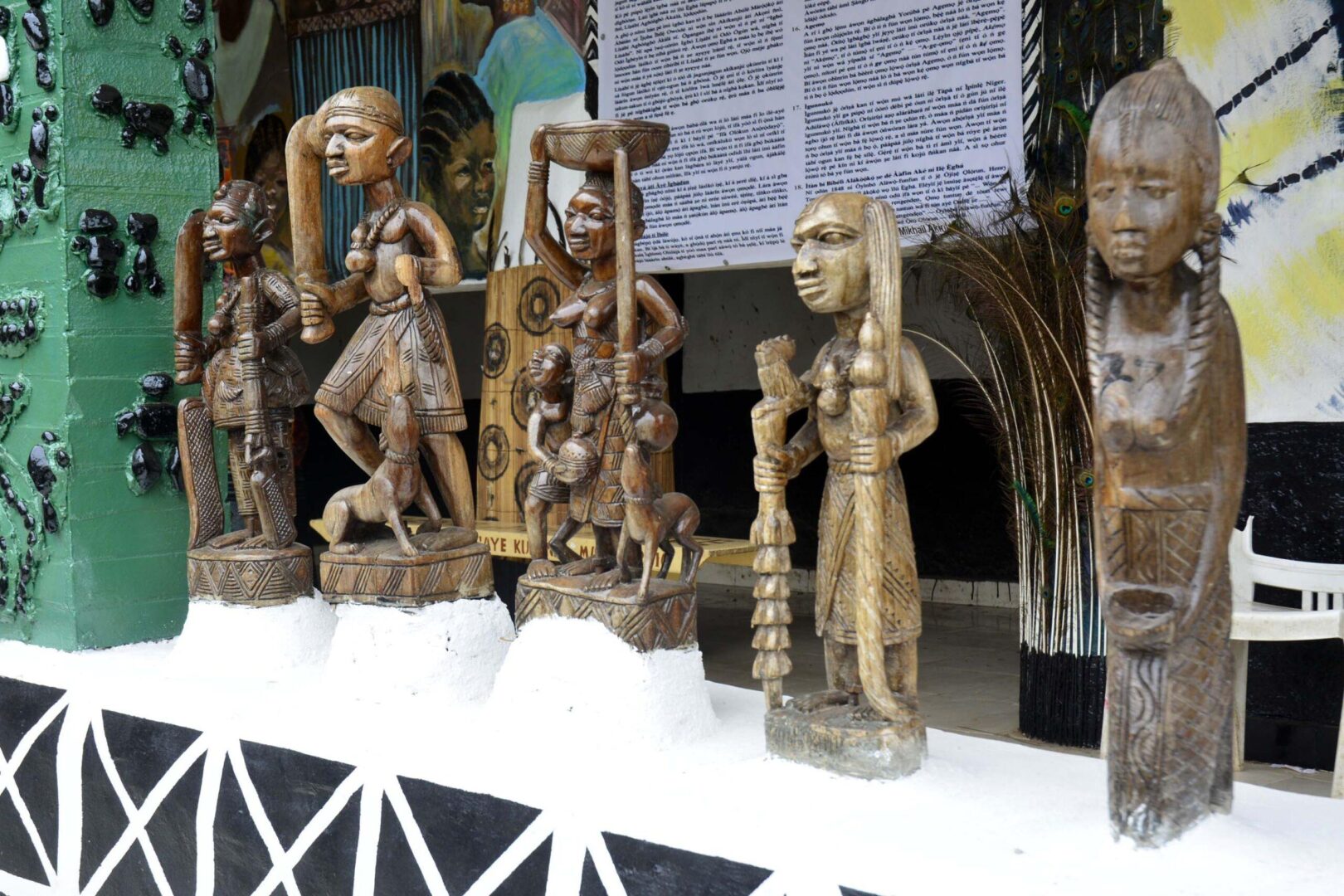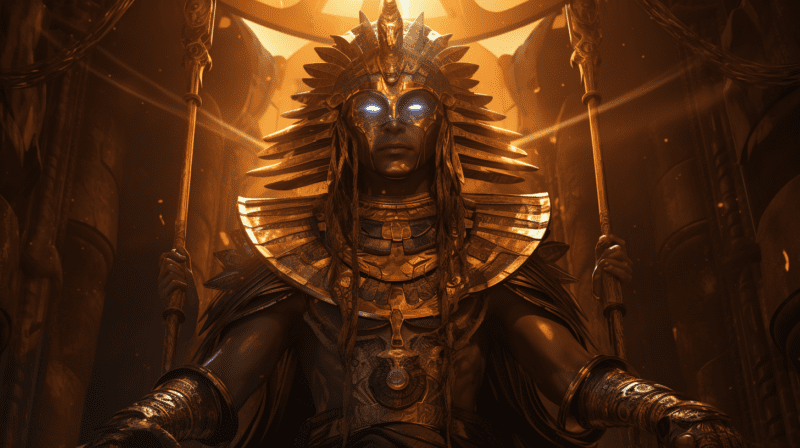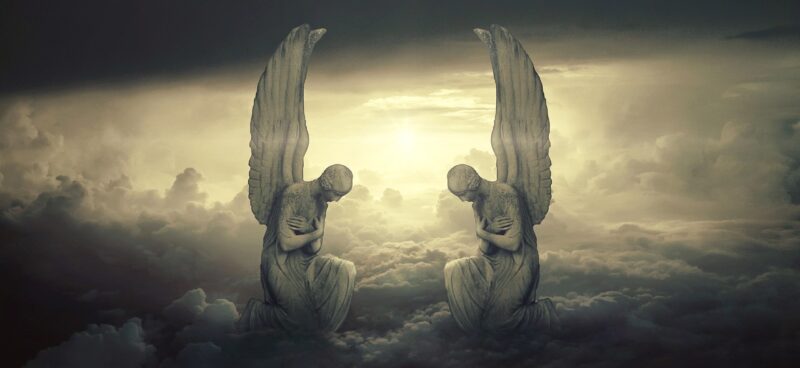Inanna, also known as Ishtar, was the ancient Sumerian goddess of love, fertility, and war. From roughly 4000 BCE until the advent of Christianity in the area, the people of Mesopotamia, a region in modern-day Iraq between the Tigris and Euphrates rivers, worshiped her. Inanna was one of the most popular and powerful deities in the Sumerian pantheon, and her stories and myths have captivated people for thousands of years.
Inanna was often depicted as a beautiful and seductive woman, with symbols of her power including lions, snakes, and the planet Venus. She was said to have descended to the underworld to visit her sister, Ereshkigal, and to have returned to the world of the living after three days and three nights. This story has been interpreted as a representation of the changing seasons, with Inanna’s descent into the underworld representing the death and rebirth of nature.
In addition to her role as a fertility goddess, Inanna was also associated with war and battle. This was likely due to her association with the planet Venus, which was sometimes referred to as the “morning star” and was seen as a harbinger of war and conflict. Inanna was sometimes depicted holding a bow and arrows, and she was said to have aided the hero Gilgamesh in his battles against monsters and other foes.
One of the most famous myths associated with Inanna is the story of her acquisition of the “me,” which were divine decrees or powers that were believed to give their possessor authority over various aspects of life, including agriculture, writing, and the arts. In the myth, Inanna tricks the god of wisdom, Enki, into giving her “me,” which she then takes back to her city of Uruk. This story has been interpreted as a representation of the rise of the city-state system in ancient Mesopotamia, as well as the importance of knowledge and power in Sumerian society.
Inanna was also associated with sexuality and eroticism, and her cult included temple priestesses who engaged in sacred sexual rites. These rites were believed to be a way of honoring and invoking Inanna’s power, and they were an important part of the religious and social life of ancient Mesopotamia. Inanna was sometimes depicted in art and sculpture in explicit sexual poses, which has led some modern scholars to view her as a proto-feminist figure who challenged traditional gender roles and taboos.
Despite her power and popularity, Inanna was not always a benevolent goddess. In some myths, she is depicted as capricious and cruel, and she was said to have caused the destruction of the city of Agade by unleashing a horde of demons upon it. In other stories, she is portrayed as a vengeful deity who punishes those who defy her, such as the shepherd Dumuzid, who is condemned to spend half the year in the underworld as a result of his failure to mourn Inanna’s death properly.
Inanna’s influence can be seen in the religions and cultures that followed in the wake of the Sumerians. She was adopted by the Babylonians and Assyrians, who worshipped her under the name Ishtar, and she was later assimilated into the pantheon of the Phoenicians and other ancient Near Eastern peoples. Inanna’s legacy can also be seen in the Judeo-Christian tradition, where some scholars have argued that she is the inspiration for the figure of Lilith, a demon who is associated with sexual desire and independence.
In conclusion, Inanna was a complex and multifaceted goddess whose influence can be seen in the religious and cultural traditions of the ancient Near East and beyond. Her myths and symbols continue to fascinate and inspire people today, and her status as a powerful and independent female deity has made her a subject of interest for scholars and feminists alike. Inanna’s role as a fertility goddess, associated with both the creation and destruction of life, speaks to the cyclical nature of existence, and her journey to the underworld and back is a metaphor for the human experience of death and rebirth.
Inanna’s legacy can be seen not just in mythology and religion, but also in art and literature. The epic of Gilgamesh, one of the oldest surviving works of literature, features Inanna as a prominent character, and her influence can be seen in the works of modern authors such as Margaret Atwood and Neil Gaiman. In addition, her symbols and myths have inspired artists throughout the ages, from ancient Sumerian sculpture to contemporary feminist art.
Overall, Inanna remains a fascinating and enigmatic figure whose influence continues to resonate across time and space. Whether viewed as a powerful fertility goddess, a vengeful deity, or a proto-feminist icon, her stories and symbols have captivated people for thousands of years and will likely continue to do so for many more to come.





